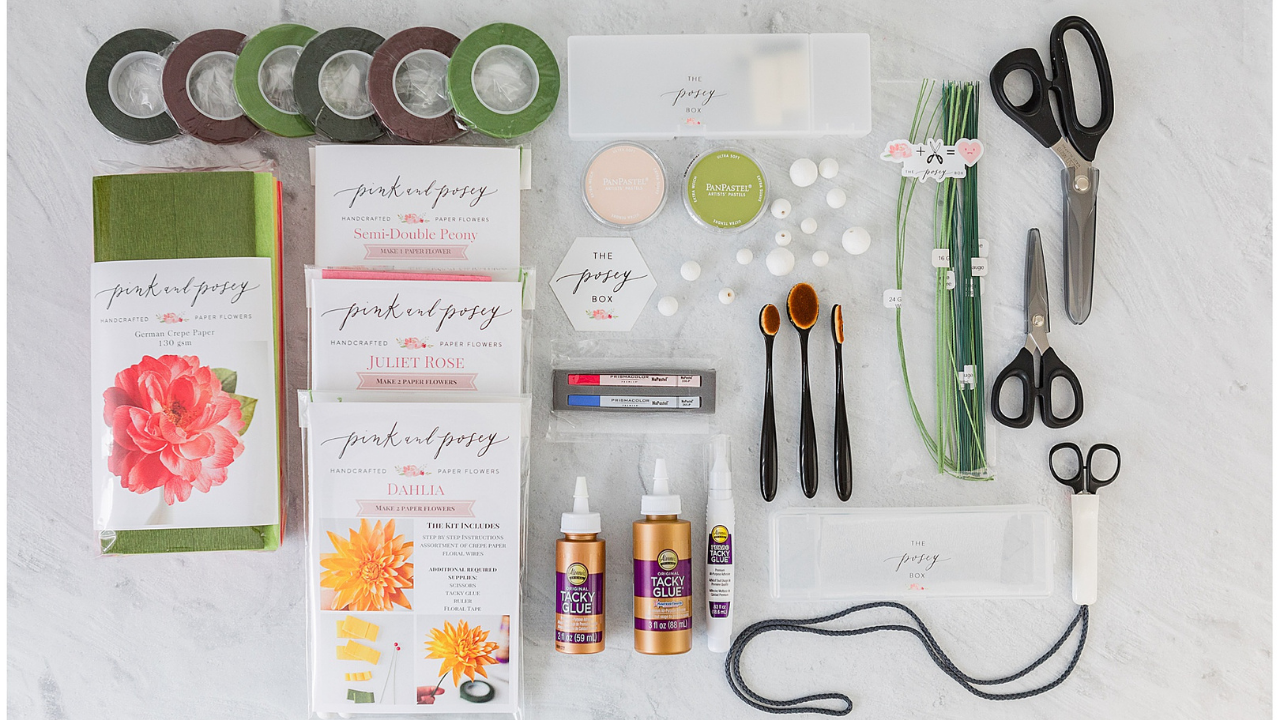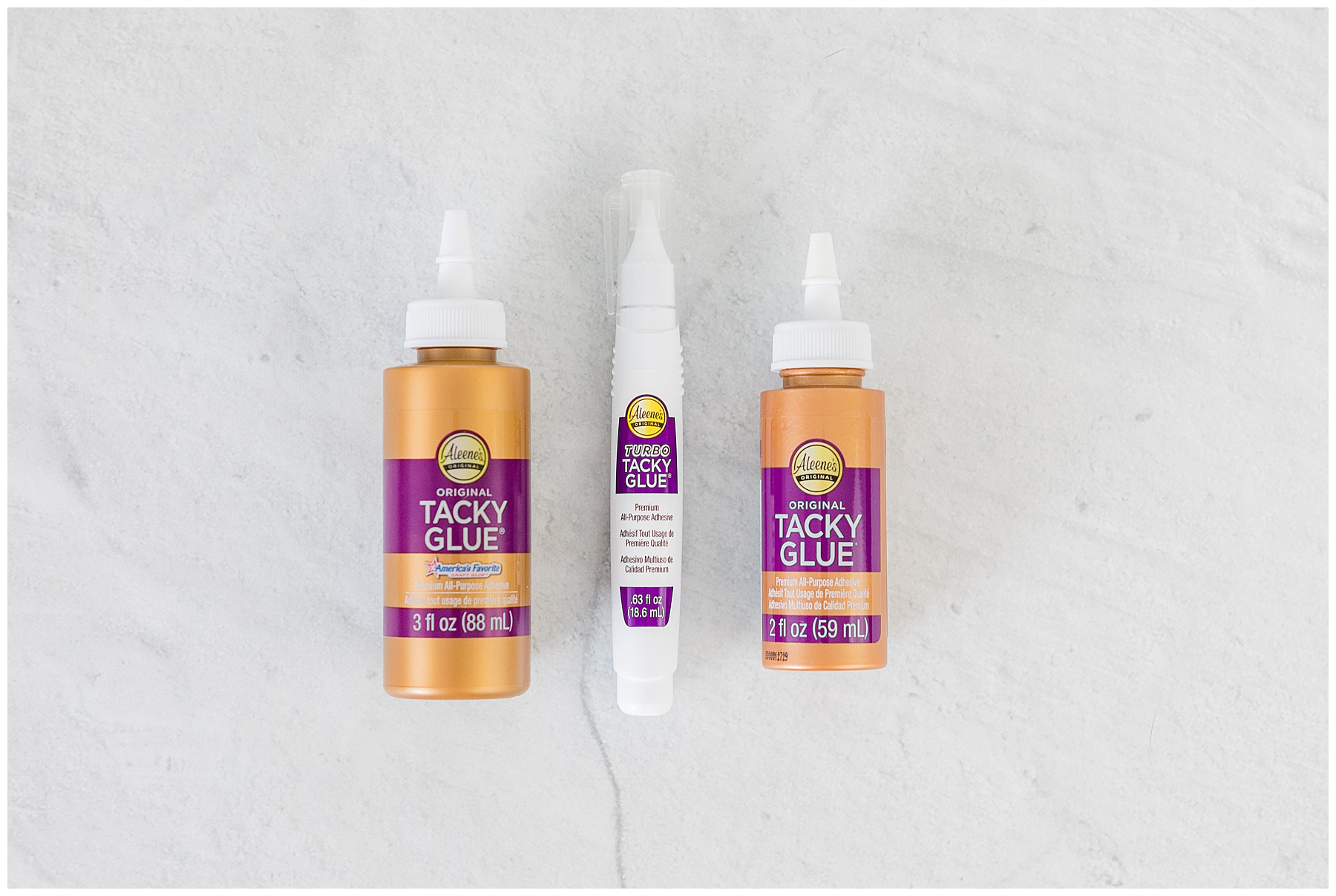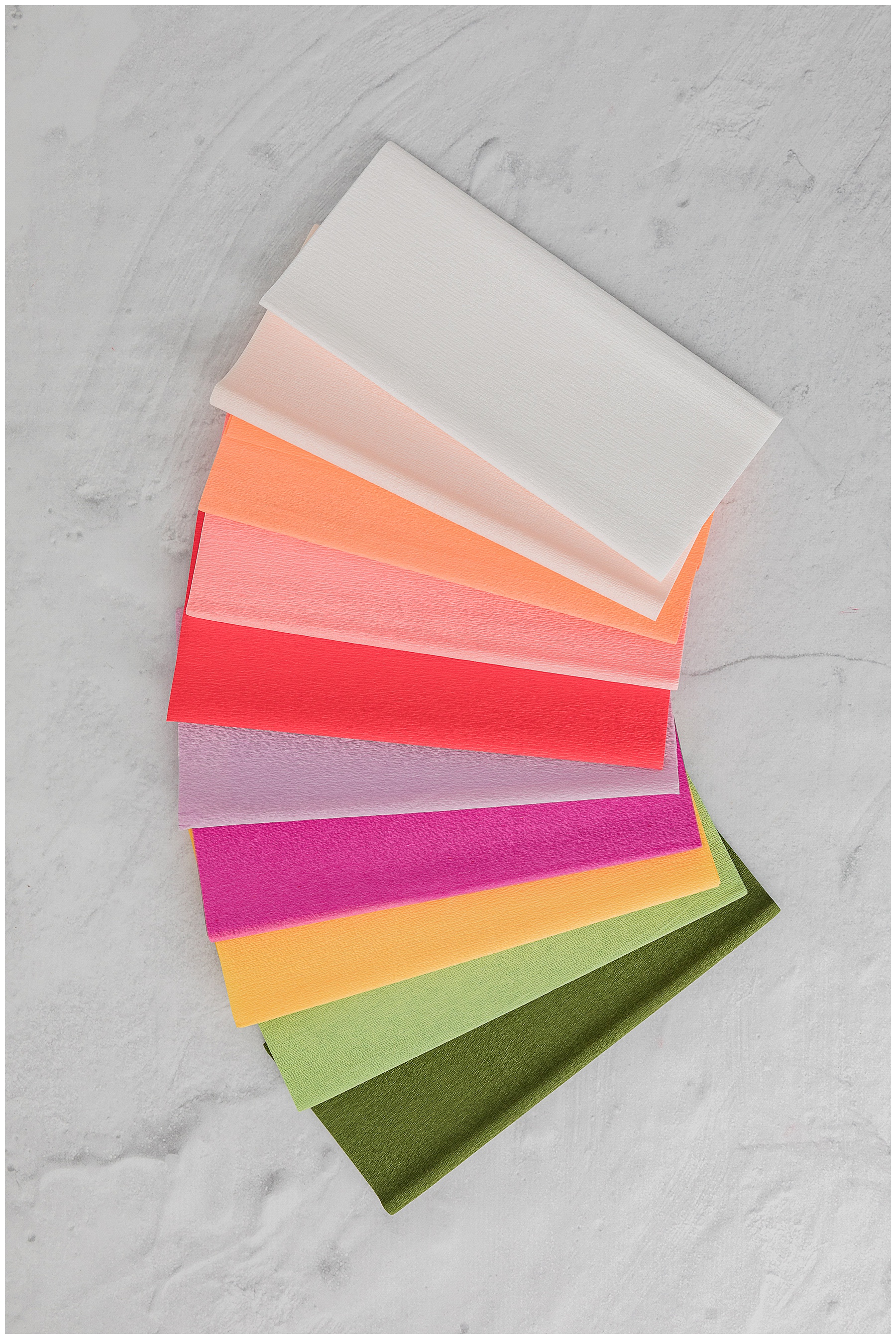Floral Wire Gauge Explained

If you’re a crafter or any kind of florist, you’ve probably encountered floral wire. Floral wire can be used for a vast array of purposes: reinforcing weak stems, securing wreaths or bows, or even manipulating the wire to be an artwork of its own. And, of course, it can be used to form and support paper flowers.

But which gauge should you use? And which form? Painted and paddle? Naked stems?

Standing in the aisle of your favorite craft store, you may have felt a little overwhelmed as you browsed the options. I remember that feeling when I first started out.
To save you from the time and trouble of experimenting, this article will help you feel confident when choosing florist wire. You’ll learn everything you need to know about gauge and form, as well as which wires I use for my paper flower projects. With this knowledge, your paper flowers will be easier to make and turn out beautifully.

What Is Floral Wire?
Before we dive into which wires I use for paper flowers, let’s go over the different types of wire. Floral wire is typically made of aluminum, iron, or stainless steel. Here’s what you should know about gauge.

Gauge:
- Comes in 8, 16, 18, 20, 21, 22, 24, 26, 28, 30, 32, and 36 gauge.
- The lower (8), the thicker the wire. The higher the number (36), the thinner.
- Thin wire is easier to manipulate, while thicker wire is sturdier but more difficult to bend.
Forms:
You can buy the wire in two different forms.
- Stem wire. These pre-cut, straight lengths usually come in 18” pieces.
- Paddle wire. This wire comes wrapped around a spool or paddle. Most are 24 gauge and fairly flexible. You can find more color options, which could be fun depending on your project.

Coating:
Still with me? Good! Next, it’s time to choose the coating of the wire.
- Naked. This wire has no coating and comes in metallic colors and usually the cheapest
- Painted. Usually found in green in order to blend in with stems and leaves, but other fun color options are available.
- Cloth wrapped. The cloth wrapping gives these wires more of a grip than naked or painted.
- Paper wrapped. Similar to cloth, but I’ve found these are much harder to find in stores.

Feeling overwhelmed? Here's a handy one-page guide for you to view

Using Floral Wire for Paper Flowers
Now that you understand the different options available, we can delve into how I use floral wire for my paper flower projects.

Gauge:
First off, here’s a basic rundown of which gauges to use in general.
- Gauges 8, 16, 18, 20, 21, and 22: Stems or heavier branches.
- Gauges 20, 21, 22, 26, 28, 30, 32, and 36: Wiring buds, petals, and leaves.

And here are my favorite wires for particular uses.
- Single stems: 18 gauge.
- Big leaves 24 gauge (it gives flexibility and an airy look).
- Foliage: 26 gauge (this provides more strength, but is still lightweight)
- Petals: 30 gauge (it keeps the petal light, but has some flexibility to curve).
Form:
Should you buy pre-cut stem lengths or a paddle? My personal preference is the stem wire. I don’t have to worry about straightening them, especially when using heavier gauge that’s more difficult to manipulate.

When I do use a wire gauge higher than 26 and above, paddle wire can be very useful for creating short stems or branches, as well as wiring petals or leaves.
Coating:
I love the versatility of a naked wire because it doesn’t add as much bulk to the flower. You do have to cover a naked wire yourself, but I like having the option to choose the covering paper that looks best and blends seamlessly into the rest of my creation. You can cover a naked wire with either floral tape, or make your own paper floral tape by cutting your crepe paper in bias strips and using that to wrap your wires.
On the other hand, if saving time is important for a certain project, I will sometimes use pre-covered wire. Again, cloth or paper covered wire will provide more of a grip.
Weigh the pros and cons for your particular paper flower when deciding which kind of floral wire to use. Every project will have different needs, but now you know how to choose the right wire from the very beginning.
Here's a handy guide for you breaking this wire gauge down:

Where to Buy Floral Wire
You now know the ins and outs of floral wire. Now, where should you buy it? You can try your local craft store, but stock is often limited. I like saving myself some time by shopping online.
Here are some great places where you can purchase your wires:
- www.papermart.com. They carry 16, 18, and 20 gauge in naked, Kraft paper, and cloth wrapped.
- www.rosemille.com. You can find 16, 18, 20, 22, 24, 28, and 32 gauge in naked and cloth wrapped.
- www.cartfini.com. They carry 16, 18, 20, 22, 28, and 32 gauge in naked and cloth wrapped.
- www.liagriffith.com. Find 16 gauge stem or 26 gauge spools of paper wrapped here.
- www.joann.com. They carry 16, 18, 20, 22, 24, 26, and 32 in both naked and cloth wrapped.
- www.michaels.com. You can find 16, 18, 20, 22, 24, 26, and 32 in naked and cloth wrapped.
- www.amazon.com. Of course, you can find all the gauges and wires imaginable here.
One important tool that you will need to use for your floral wire is a wire cutter. Of all my tools that I own, the Clauss Wire Cutter is the best. And trust me—I have purchased and tried several. Hands down, this is the one that I never let leave my sight. You can purchase this amazing wire cutter via Amazon.

Now you’ve learned about all the different kinds of gauges, forms, and coatings—plus which ones are best for different paper flower parts. I can’t wait to see what you create with floral wire. Tag your creations with @theposeybox on Instagram. Comment below or send me a DM if you have any more questions about wire.
Affiliate Disclosure: If you buy products through some of the links on this page, I will receive a small commission. Know that I always love and use these affiliate products myself and that the money will go toward bringing you more valuable content like this post.

50% Complete
Two Step
Lorem ipsum dolor sit amet, consectetur adipiscing elit, sed do eiusmod tempor incididunt ut labore et dolore magna aliqua.
